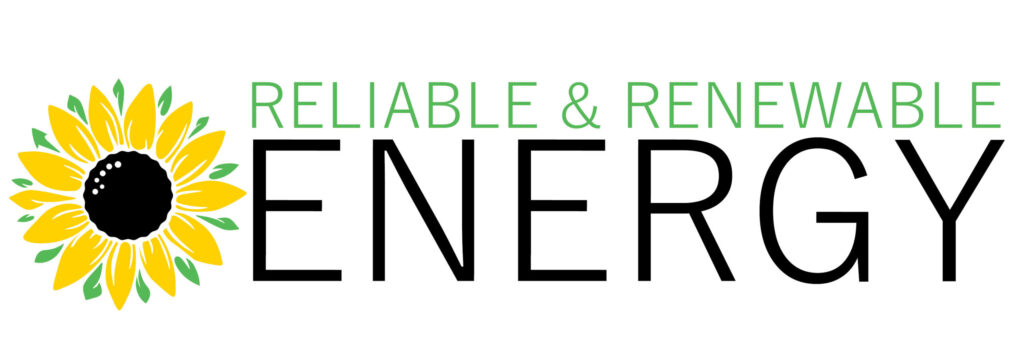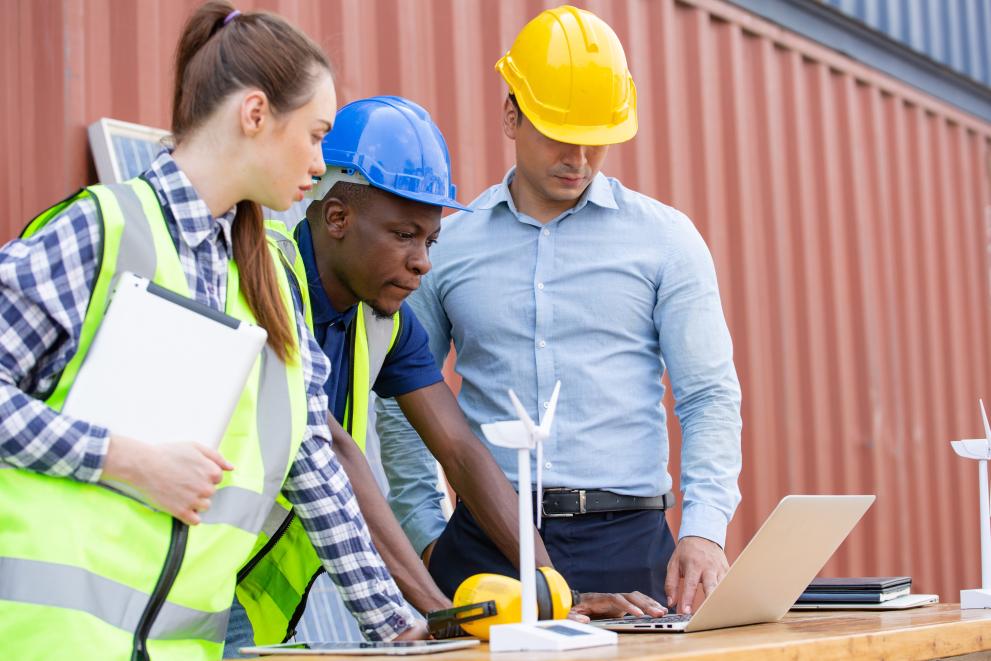How Can We Dealing with Solar Panel Problems
Solar energy has become a sustainable and efficient alternative to existing energy sources. Just like any other technology, solar panels face distinct obstacles. These obstacles might affect how well they work and how long they last. Let’s look into the common concerns about solar panels. We’ll also examine good ways to fix them.
1. Potential Reasons for Solar Panel Issues
Understanding the main factors behind solar panel issues is vital. It helps with making effective repairs. One common reason for solar panel difficulties is the accumulation of environmental variables. It includes dust, grime, and debris on the panels. Mechanical faults such as loose connections, defective wiring, or physical damage. Problems like inverter failure or voltage fluctuations connected to power. Errors during installation. It includes faulty mounting or orientation of panels.
2. Accumulation of Dust and Debris
The accumulation of dust and dirt on solar panels may drastically reduce their performance. It is done by impeding sunlight absorption. Regular care and cleaning are crucial for dealing with this condition. Use soft brushes or squeegees and mild cleaners. It may easily clear debris without causing damage to the panels. Also, adding self-cleaning panels or automatic cleaning systems may reduce the need for human interaction.
3. Mechanical Problems
Issues such as loose connections or physical damage might interfere with the proper performance of solar panels. Performing regular inspections and maintenance may help discover and fix these concerns promptly. You minimize more damage and maintain top performance by tightening loose connections. You also replace damaged components and reinforce mounting structures.
4. Electrical Issues
Inverter failure and voltage fluctuations are examples. They might hurt solar panel energy generation. Consistent monitoring of system performance and voltage levels is vital. It is recognizing possible faults at an early stage. Investing in top-notch inverters pays off. They come with monitoring tools. They let you get real-time data and warnings to deal with electrical issues right away.
5. Installation Errors
Incorrect installation techniques may result in a variety of difficulties with solar panels. It includes shadowing, alignment concerns, and structural instability. Using trained specialists and following industry standards throughout the installation procedure is vital. It is to avoid these concerns. Perform detailed site inspections. Optimize panel locations for the best solar absorption. Also, check for accurate mounting and grounding. These are key to reducing installation problems.
6. Problems with solar panels on roofs
Installing solar panels on rooftops involves unique problems that might impact their efficiency and lifetime. Some typical concerns linked to rooftop solar systems include:
Shading:
Overhanging trees, surrounding buildings, or structures may create shadows on solar panels. It limits their energy output. Trimming trees or altering panel locations to avoid shadowing. It might help alleviate this problem.
Roof Compatibility:
Not all roofs are ideal for solar panel installation owing to considerations. It includes direction, pitch, and material. Conducting extensive roof examinations and collaborating with skilled personnel. It may assure compatibility and maximize system performance.
Roof Penetrations:
Properly sealing roof penetrations when installing solar panels is vital. It is to avoid leaks and water damage. Using high-quality flashing and sealants and following installation recommendations. It may help preserve the integrity of the roof and guarantee its long-term dependability.
Weight Considerations:
Solar panels contribute extra weight to the roof structure. It may need reinforcement or structural adjustments to carry the load safely. Consulting with structural experts and complying with building standards and regulations is vital for guaranteeing structural integrity and safety.
Maintenance Accessibility:
Problems with solar panels for maintenance and repairs are another element to consider when placing solar panels on rooftops. Designing systems with accessible access points and paths may simplify frequent inspections and service. It reduces downtime and possible concerns.
7. Monitoring and Maintenance Practices
Implementing proactive monitoring and maintenance techniques is vital. It recognizes and treats solar panel faults immediately. Some good tactics include:
Real-time Monitoring:
Installing monitoring systems that offer real-time data on energy generation, system performance, and possible concerns. It may allow proactive troubleshooting and intervention.
Regular Inspections:
Conducting periodic inspections of solar panels, wiring, inverters, and other components may help discover and solve issues early on. Inspecting for indicators of damage, wear and tear, and environmental debris buildup is vital. It is for ensuring maximum performance.
Scheduled Maintenance:
Establishing a program for regular maintenance operations. It includes cleaning, tightening connections, and testing equipment. It helps avoid possible faults and improves the lifetime of solar panels.
Professional service:
Hiring licensed experts or solar panel maintenance specialists for periodic service. The repairs may assure correct handling and adherence to safety requirements.
Conclusion
Solar panel difficulties may emerge owing to many variables. It includes ambient conditions, mechanical issues, electrical problems, and installation faults. Solar panel owners may ensure the maximum performance and lifespan of their systems by recognizing the underlying causes of these difficulties and applying proactive steps, such as frequent cleaning and maintenance, careful monitoring, and adherence to best practices during installation. As the need for clean energy continues to rise, managing solar panel issues efficiently becomes more vital to harnessing the full potential of solar energy.

